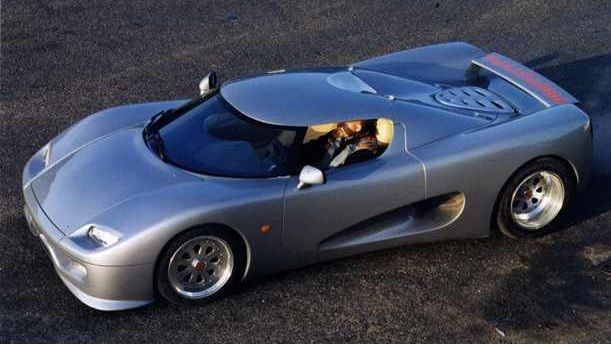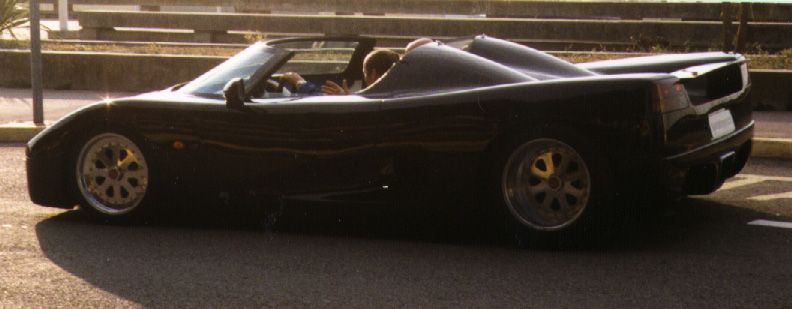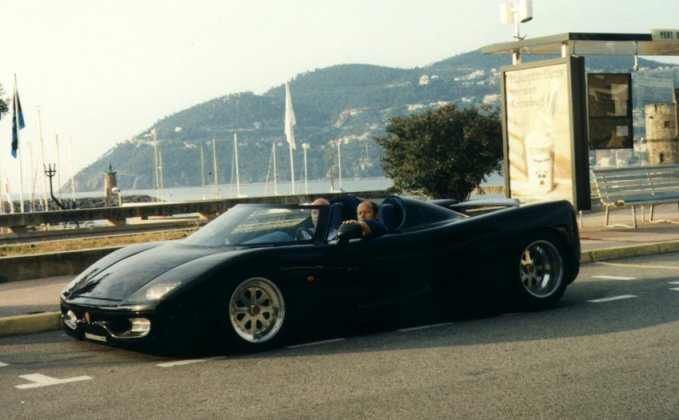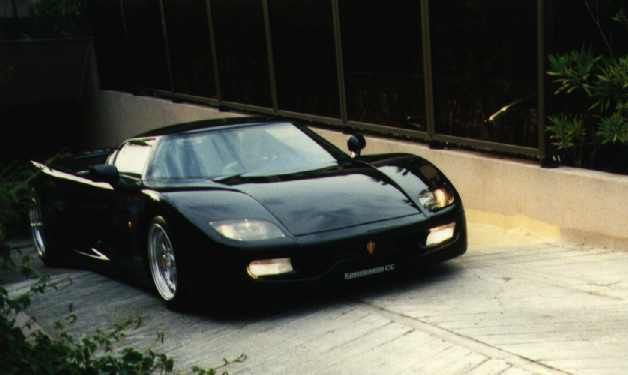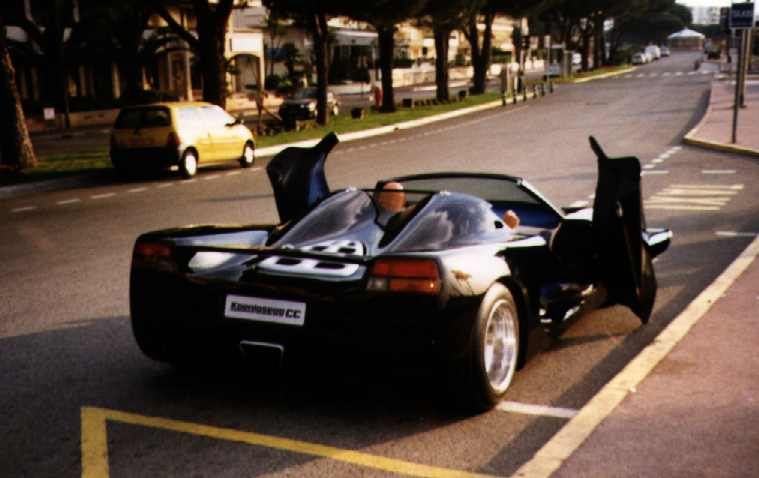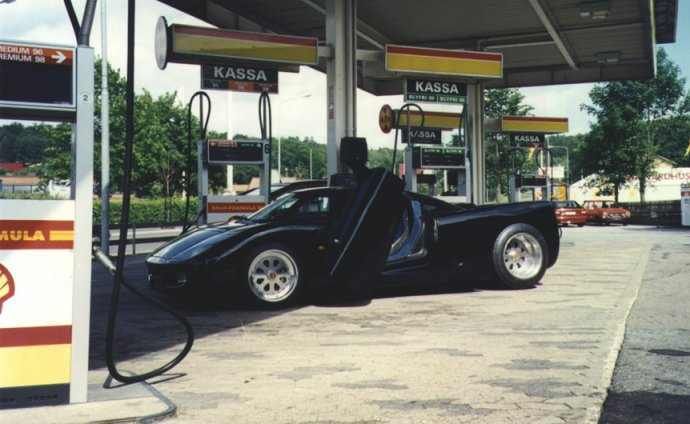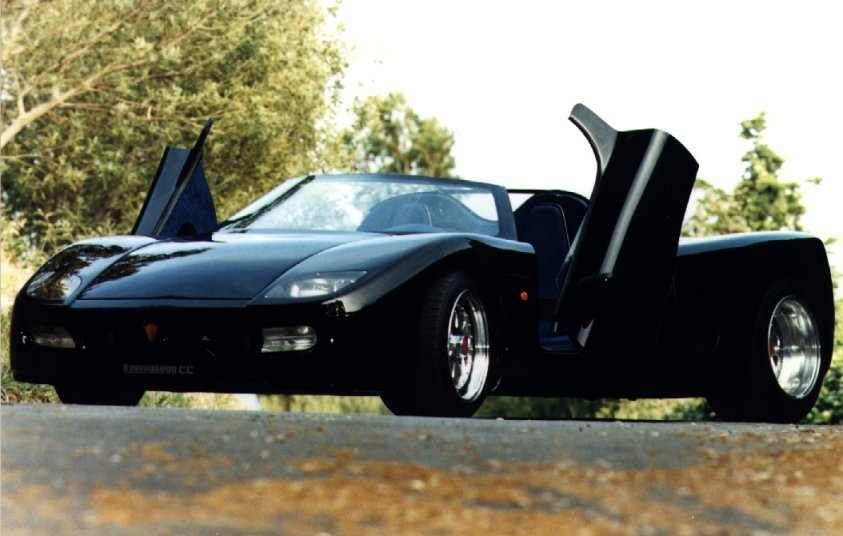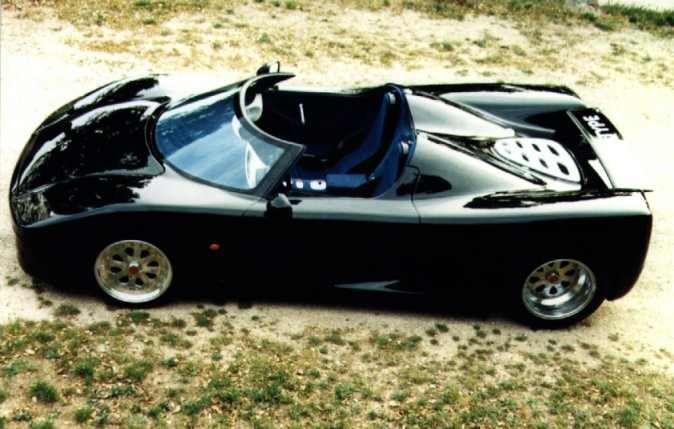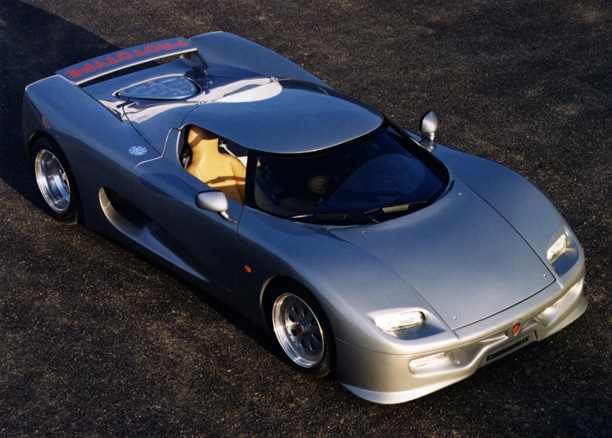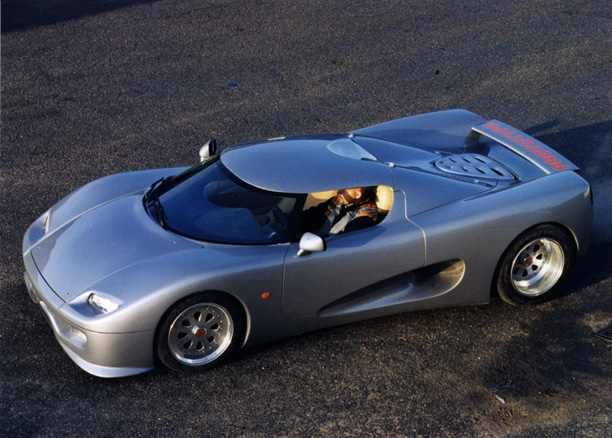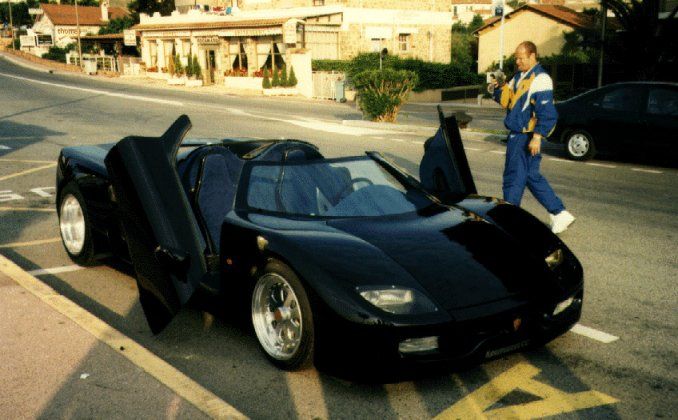In the Early 1990s, Christian von Koenigsegg had a dream to build his own supercar. It’s a dream that has proven to be unreachable by most, but von Koenigsegg->ke43 isn’t like most people. He started out by founding his own car company in 1994 and quickly started sketching out a design. Hours turned into days and days turned into weeks. And, after just two years had passed, he and his small team gave man birth the 1996 Koenigsegg CC->ke2306 – a car that would change the supercar->ke177 segment forever.
The Koenigsegg CC led to the creation of the brand's first production model, the 2002 Koenigsegg CC8S, as well as the models we know and love today, like the Koenigsegg CC4, Koenigsegg CCX, the Koenigsegg Agera->ke3628 and Koenigsegg One:1. By 2013, after just ten years, Koenigsegg announced that it had built a total of 100 beauties, with the Koenigsegg Agera S Hundra being the one that pushed the company over the benchmark.
So, as you can see, the Koenigsegg CC is a very special car and is really a legend in the supercar world. It set the bar for what a supercar should be, and it’s only fitting that we do it justice by talking about it here today. I introduce you to the Koenigsegg CC, the supercar prototype that led to some of the greatest supercars ever built.
2002 Koenigsegg CC Prototype
- Make: Array
- Model: 2002 Koenigsegg CC Prototype
- [do not use] Vehicle Model: Array
Exterior
When von Koenigsegg set out to make his own supercar, he looked to the greats like the Ferrari F40 and the McLaren F1 for inspiration. The most of the chassis and all of the body was made out of sandwiched carbon. A space frame with chromolybdenium tubes was used to finish off the chassis. The entire thing was hand built by von Koenigsegg and his team, but it was done in a bit of a rush, so the car was rough around the edges, and some of the proportions were a little off. As you can see, it does look quite similar to the CC8S that came years later, but it has all the little quirks that hint toward it being a prototype.
The car itself was very aerodynamic, and it also had the detachable roof that was fully integrated into the coupe styling of the car. It was unique to any supercar at the time. Sure, vehicles the Carrera GT and the Ferrari F50 had a similar roof, but that roof didn’t integrate into the body as smoothly as the CC’s. The roof from the CC was also storable in the luggage compartment, which was something the F50 couldn’t do. As firsts go, the CC was also the first model that featured Koenigsegg’s dihedral door actuation, which as you know is now part of what sets the brand apart from the rest of the crowd.
The CC8S was obviously more perfected than the CC prototype, but the prototype was pretty darn good for being built in a hurry. Notice how well the roof integrates with the windshield and the rear? If it weren't for the mating crease at the rear of the roof, you wouldn’t be able to tell the roof was removable. Up front, simple rectangular headlights were recessed into the fenders, similar to the headlights used on some early 90s GM models. There was additional driving lights in each corner of the fascia where cooling vents are commonly located now. A very small air dam was located in the lower, center area of the fascia.
Large air intakes for the engine blend the door and the side of the body together, leading the way to what looks like a bottomless hole in the rear quarter. The side skirts were smooth, which is kind of odd, given the styling of the period. In the rear, there was a center exhaust outlet below the “Koenigsegg CC” plaque and the spoiler blade that ran between the squared rear quarters.
The car was originally painted in a silver finish, but when Koenigsegg came up with the dihedral door system, the body had to be modified. In the process of modifying the body and installing the new door system, the car was painted black. This prototype was frequently used, however, and black was too hard to maintain, so the car was eventually repainted. Von Koenigsegg wanted Volvo Burnt Orange, but once the painter was finished, it turned out to be the metallic brown that we see today. For being a the first car von Koenigsegg designed and built, it didn’t turn out too bad at all, and it surely paved the way for each and every model to date.
Interior
The interior was rather basic for what it was. Most of it was wrapped in blue Alcantara with the face of the dash painted white. Racing seats and harnesses were standard as you would expect. There was a three-spoke steering wheel that was bland and wrapped in black Alcantara, with the Koenigsegg emblem in the middle. The instrument cluster was analog with two large gauges in the middle – one for vehicle speed and one for engine speed. Smaller gauges were located on either side in the bottom corners of the cluster, and another small gauge was located in the top center. These provided information for fuel, engine temperature, and oil pressure.
All told, there really wasn’t a lot going on in the inside, but that’s the way von Koenigsegg wanted it. After all, it was just a prototype, even if it was driven on a regular basis.
Drivetrain
Few people realize it, but Koenigsegg started out using an engine supplied by Audi. The CC, as a matter of fact, was powered by an Audi 4.2-liter V-8 that was matched to a six-speed manual transmission. Official specs of the drivetrain are unknown, as we’ve been unable to locate a reputable source of verifiable information. Audi was originally interested in partnering with Koenigsegg and becoming an engine supplier for the young brand, but von Koenigsegg wanted to modify the engines, and Audi said no.
That said, the 1996 Audi A8 was also powered by a 4.2-liter V-8, so that is probably what powered the CC. Following that logic, the CC probably produced the same 300 horsepower and 295 pound-feet of torque. The A8 could hit the 60 mph sprint in 7.3 seconds with a top speed of 155 mph, but the CC was probably much lighter offering up a better sprint time and top speed. The car debuted at a track meet shortly after it was finished, where it was driven by Swedish auto racer Rickard Rydell. Only a few people know what was really said that day, but word has it that Rydell was extremely impressed with the experience of driving it. It’s one thing to build a car and be proud of it, but it’s something else to impress a professional racecar driver.
Videos
Walkaround
Slideshow
Conclusion
If you follow your heart and refuse to give up on your dreams, good things happen. Christian von Koenigsegg is a prime example of that. He was an innovative person who was constantly coming up with new ideas. At one point he pursued something called a “Chip Player,” a device that would play music that was stored on a chip instead of a CD. Nobody was impressed with the idea, so he moved on. You know all of that click-together laminate flooring that you see in stores today? That was his idea too, but it was also dismissed at the time, and he moved on yet again. As you know, someone else ended up reaping all the benefits of both those innovative ideas, but it’s such a good thing they did. If either of those ideas had become a success, you might be reading this from a Kphone or have Koenigsegg flooring in your house. Not that it would be a bad thing, but think about the void that would exist in the supercar world if CvK didn’t go on to build his own supercar. There would be no Koenigsegg Agera, Regera, or One:1, and that my friends is a really sad thought.


